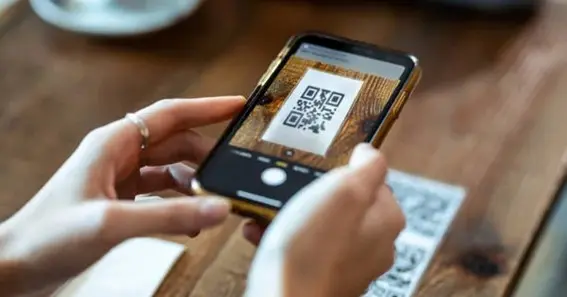The design industry is always changing in the current digital era to satisfy the demands of a more tech-savvy consumer base. The QR code generator is one technology that has become quite popular in recent years. However, what is a QR code generator precisely, and how can one use it to make design work easier? We’ll go into the nuances of QR code generators in this extensive tutorial, looking at their uses, advantages for designers, and functioning.
Fundamentally, a QR code generator is an internet application or program that enables users to rapidly and simply produce QR (Quick Response) codes. These two-dimensional barcodes, known as QR codes, have the capacity to hold a wide range of data, such as text, URLs, contact information, and more. Users may quickly access the encoded data by scanning these codes with a smartphone or other mobile device, making QR codes an easy and effective method to exchange data in the fast-paced digital world of today.
Thus, how does a generator of QR codes operate? In essence, users enter text or a URL for a website into the generator to get the needed information. This data is then transformed by the generator into a QR code that may be shared electronically or downloaded and printed. Additional customization options are provided by several QR code generators, enabling users to modify the QR code’s size, color, and design to better align with their branding or personal style.
Also Read N: Accessibility Features in Microsoft Word
However, why should designers add generators of QR codes to their toolkit? The solution is found in QR codes’ adaptability and usefulness in a variety of contexts. Designers may utilize QR codes, for instance, to:
- Boost Print Collateral: Designers may instantly provide readers fast access to more information, exclusive deals, or interactive content by including QR codes into printed products like brochures, business cards, and posters.
- Simplify Event Management: By removing the need for paper tickets or tangible identification, QR codes may be utilized to expedite the ticketing, check-in, and registration processes for events.
- Enhance Product Packaging: By adding QR codes to product packaging, designers may better serve their customers by giving them access to online resources, use guidelines, and product specifications.
Also Read P: How Long Does Coke Take To Get Out Of Your System?
Reduce Physical interaction and Increase Safety: By enabling contactless payments, ticketing, and ordering in retail settings, restaurants, and other enterprises, QR codes can help reduce physical interaction.
Apart from their usefulness, QR codes provide designers with other important advantages:
- Cost-effective: Since QR code generators are usually free or inexpensive, designers on a tight budget can use them.
- Time-saving: Since creating QR codes just takes a few seconds, designers may easily and swiftly include them into their designs.
- Trackable: A lot of QR code generators come with analytics and monitoring tools that let designers keep an eye on the efficiency and success of their campaigns in real time.
- Interactive: By adding an interactive aspect to design projects, QR codes captivate visitors and motivate them to act.
To sum up, QR code generators are useful resources for designers that want to add effective and engaging communication solutions to their designs. Designers may easily accomplish their goals, enhance user experiences, and expedite procedures by integrating QR codes into their designs. In the current digital environment, QR codes provide countless opportunities for designers to experiment and develop, whether they are utilized for contactless transactions, product packaging, marketing campaigns, or event management. Why then wait? Begin utilizing QR codes in your designs right now to unleash an endless array of artistic possibilities.






